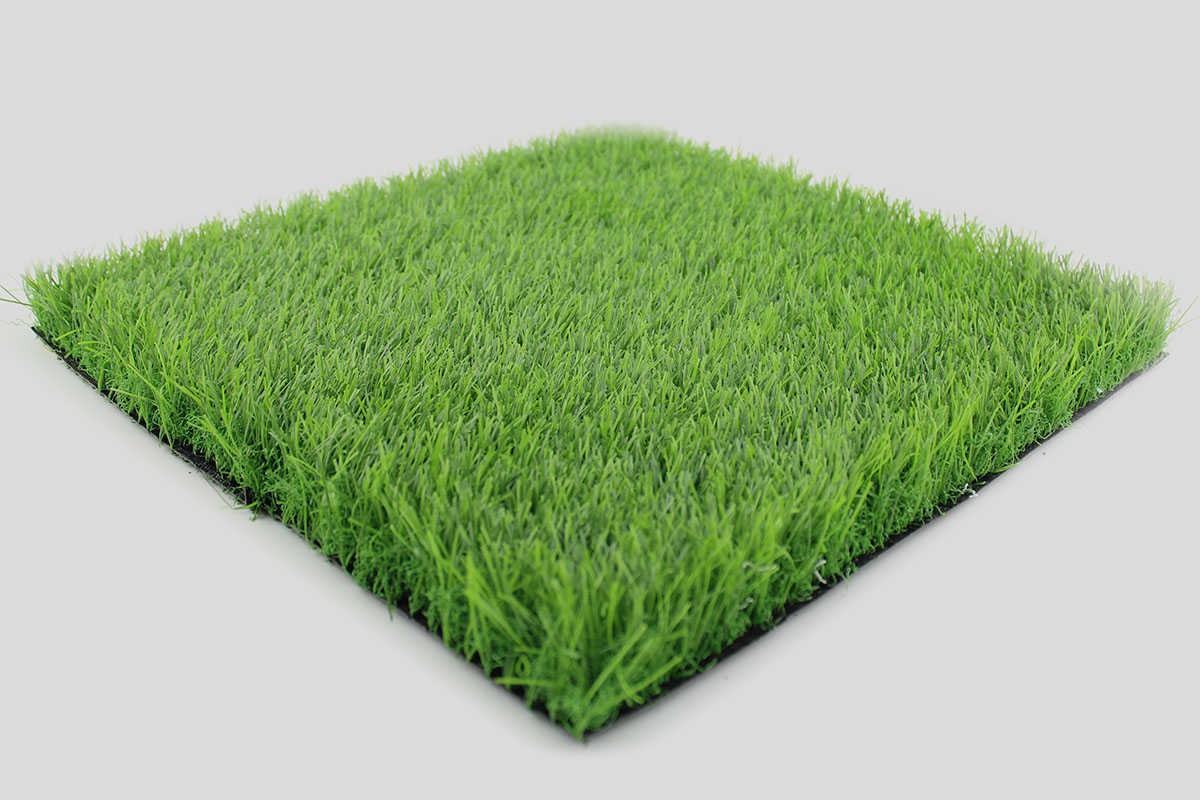

But this is the best semblance of the original that we have.” The prairie’s nearly natural state is due to a quirk of geology: The region is relentlessly rocky. As a functioning ecosystem, the tallgrass prairie as it existed historically is effectively extinct.

“Well, first,” Payne says, “we can’t call it pristine. Osage headrights-title to the land’s gas and minerals-made the Osage almost instantly among the wealthiest people in the world.Īs we drive north from town toward the preserve, I ask Payne to refresh my memory as to how a former cattle ranch can qualify as pristine prairie. Karma kicked in when Osage County’s first oil wells began producing, circa 1900. The Osage, pressured by white homesteaders to sell their property in southeastern Kansas in 1870, purchased the hilly Oklahoma land for 70 cents an acre and relocated to the prairie. Pawhuska is also the seat of the Osage Nation, and the Osage’s story is deeply imprinted on these hills. The Pioneer Woman Mercantile, in a renovated historic brick building on Main Street, houses a store selling kitchenware and cookbooks, and a restaurant serving comfort fare such as a meatloaf sandwich topped with fried onions. He’s retired from that duty now, but retains the title of community relations coordinator, and is happy to show me around and bring me up to date. After Payne spent years calling for a prairie preserve, he became its manager for 18 years. One thing that hasn’t changed since my first visit: Harvey Payne, a rancher-attorney-environmentalist, remains one of the most dedicated advocates for the prairie, and I’m grateful to have him again as my guide, all these years after our first walks on the edge of the unpreserved preserve. Today, thanks to additional purchases over the years, some 51,000 acres are protected. Conservation and restoration were well underway when I returned in the mid-1990s. A deal was never finalized, but in 1989, the Nature Conservancy engineered an audacious $15 million capital campaign to purchase the 29,000-acre Barnard Ranch and establish the Tallgrass Prairie Preserve. Local ranch owners were willing to sell 100,000 acres of prime land, and the National Park Service was interested. When I first visited three decades ago, there was no preserve, only the dream of one. This vista is imprinted in my memory as one of the most profoundly moving in the country, and I’m thrilled to see it again.


 0 kommentar(er)
0 kommentar(er)
